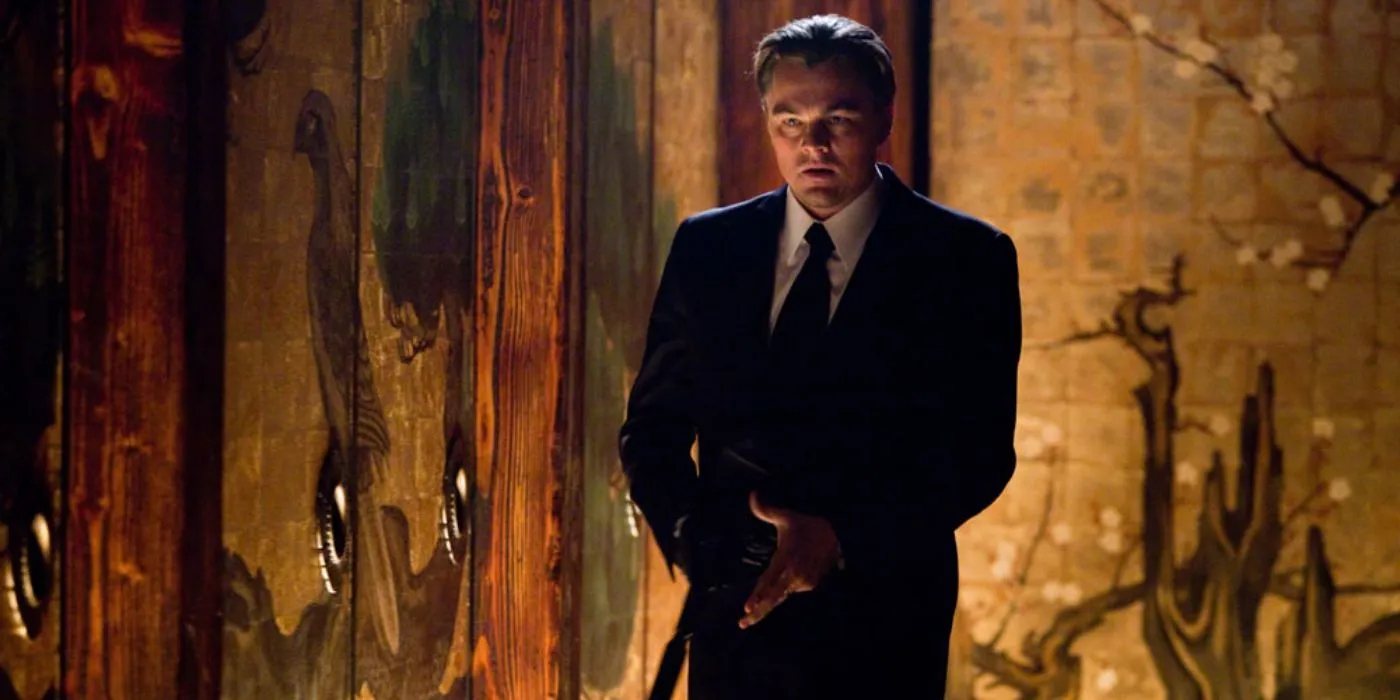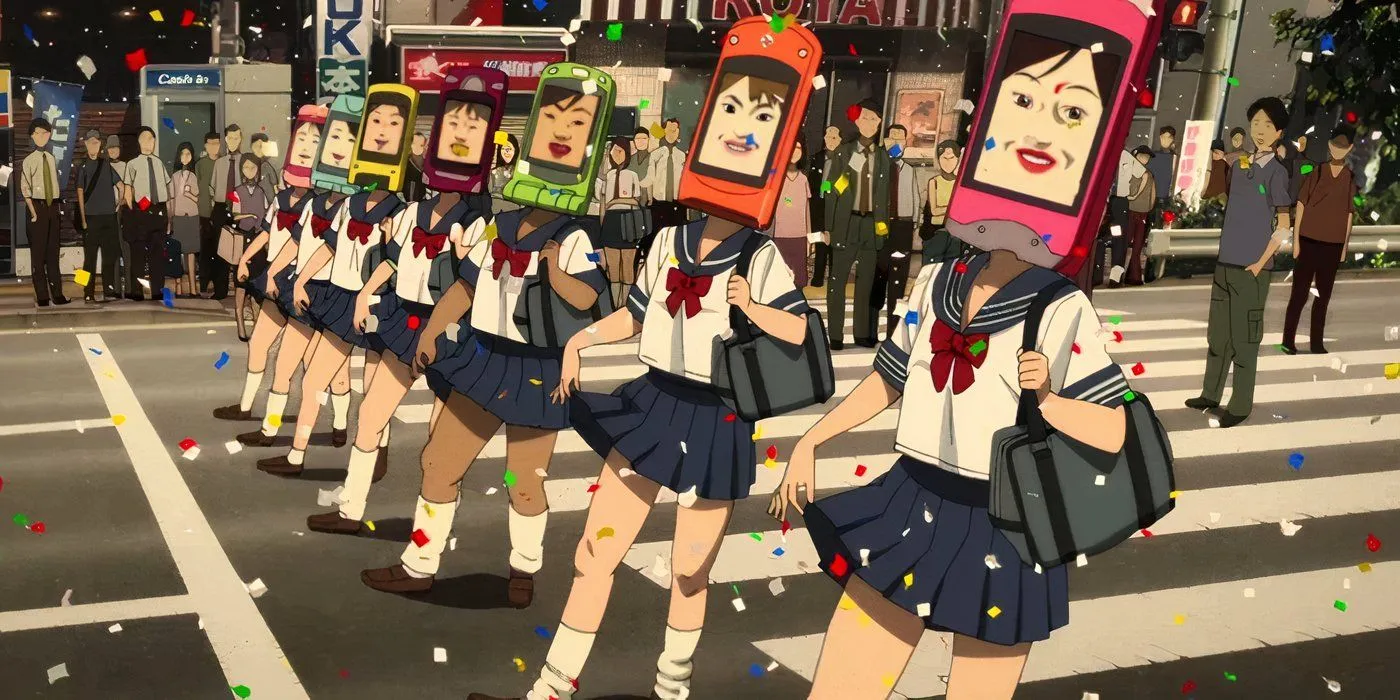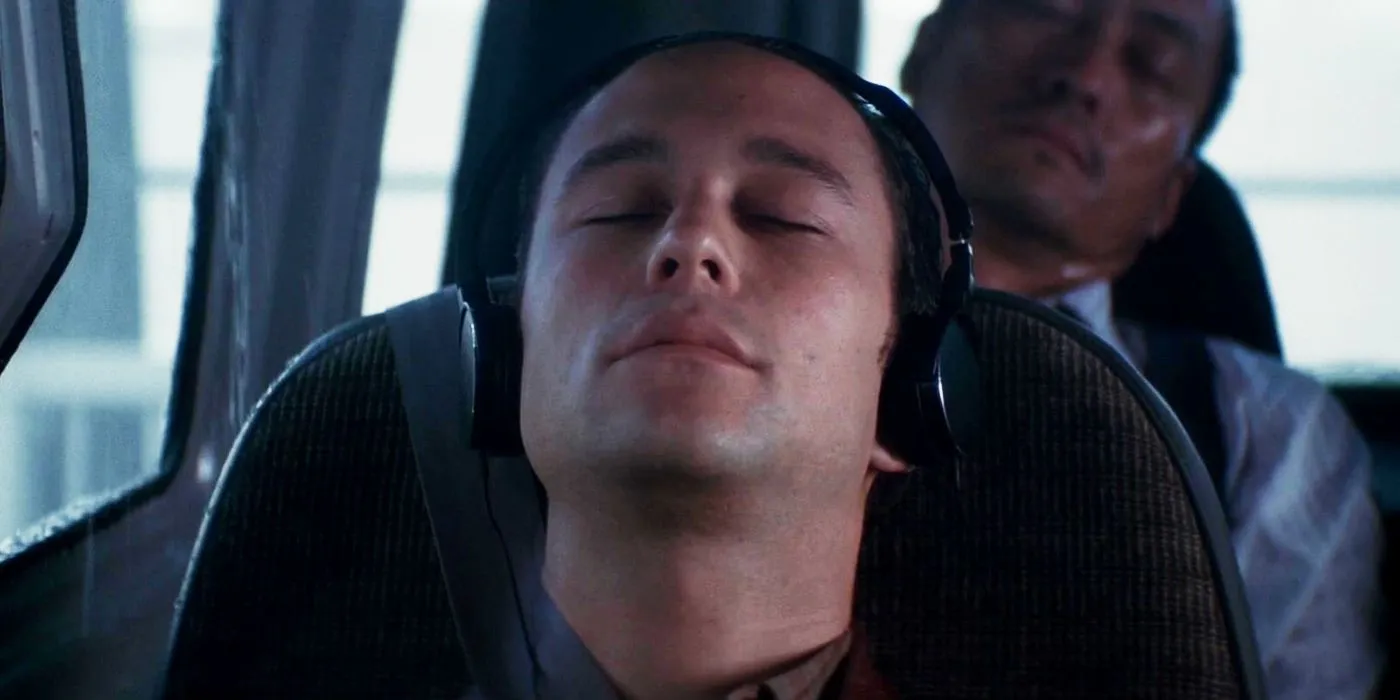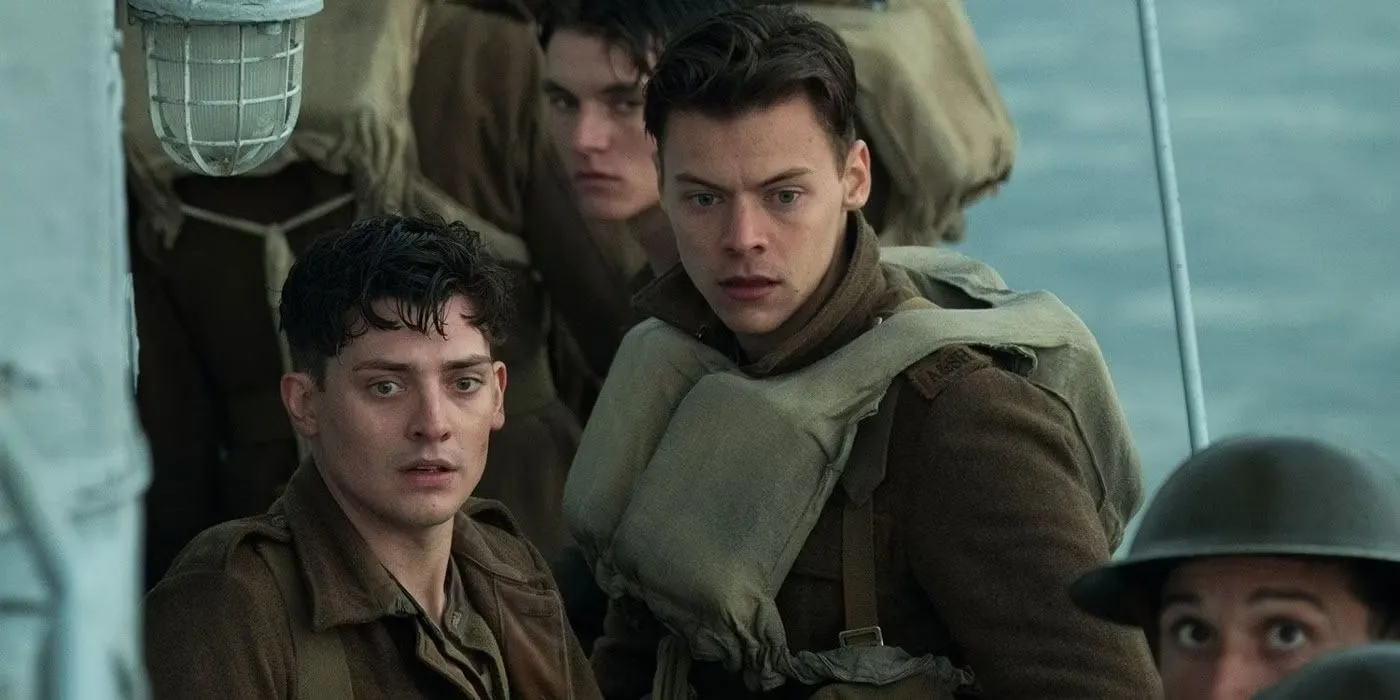
Inception is a remarkable cinematic achievement that delves into the enthralling realms of dreams and the subconscious. Directed by the visionary Christopher Nolan, this film solidified his status as a leading filmmaker, earning numerous accolades and expanding his illustrious career. While Inception presents a captivating narrative, it also harbors untapped potential that could have perhaps elevated the story further.
Although Nolan’s artistic vision came together beautifully, it’s worth pondering whether certain aspects of the film could have ventured into daringly imaginative territories. The film’s conceptual framework is promising, but it leaves room for interpretation that may enhance its impact even more.
Inception’s Limitations: Not Dreaming Big Enough
Room for Innovation in Inception





The central theme of Inception revolves around infiltrating other people’s dreams to manipulate their subconscious for the purpose of information extraction or idea implantation. While this premise presents a universe full of creative opportunities, the film often anchors itself in the ordinary. Although there are moments of excitement, such as skiing and rappelling, much of the story unfolds in settings that closely mimic reality.
The essence of dreaming inherently diverges from the mundane. In dreams, one can soar to celestial heights or plunge into the ocean’s depths, evade fantastical creatures, or pilot whimsical vehicles. Inception, however, opts for a narrative that mirrors a typical spy thriller rather than exploring the limitless realms of the imagination. As noted by Tom Hardy’s character, Eames, it could have “dreamed a little bigger,” highlighting a missed chance to creatively expand the film’s scope.
Exploring Alternatives: Other Films That Dreamed Bigger
The Vast Potential of Dream-Based Storytelling





While Inception dazzles with its espionage elements intertwined with dream exploration, it broached the subject without fully tapping into its playful possibilities. Some of the standout sequences occur when Cobb and Ariadne navigate through a morphing cityscape, defying the laws of physics—these moments hint at the vibrant imagination that could have been explored further. In contrast, films like Paprika push the envelope of dream exploration.
Released in 2006, Paprika intricately weaves the tale of a psychologist on the hunt for a dream infiltrator who exploits groundbreaking technology to invade others’ dreams. This film not only mirrors the heartbeat of Inception but does so while fluidly navigating the endless realms of the subconscious, offering a nimble and imaginative experience that makes it an essential counterpart to Nolan’s work.
The Allure of Inception’s Structured World
Christopher Nolan’s Unique Cinematic Style





Christopher Nolan’s cinematic works are characterized by their serious undertones and meticulously built worlds—each story is underpinned by a firm foundation that serves as a springboard for exploration. Unlike the fluidity typically found in anime, Nolan’s films, including the iconic Batman series, maintain a grounded and realistic tone, stripping away overt fantasy elements. This deliberate approach generates a distinct rhythm and substance that resonates throughout his storytelling.
Despite the abstract potential inherent to dream narratives, Nolan’s design for Inception showcases a sensibility crafted with precision. While the film may seem constrained, it reflects a carefully orchestrated vision that prioritizes crucial details. Thus, Inception stands as a testament to Nolan’s mastery of storytelling, deserving of the acclaim it garners.




Leave a Reply